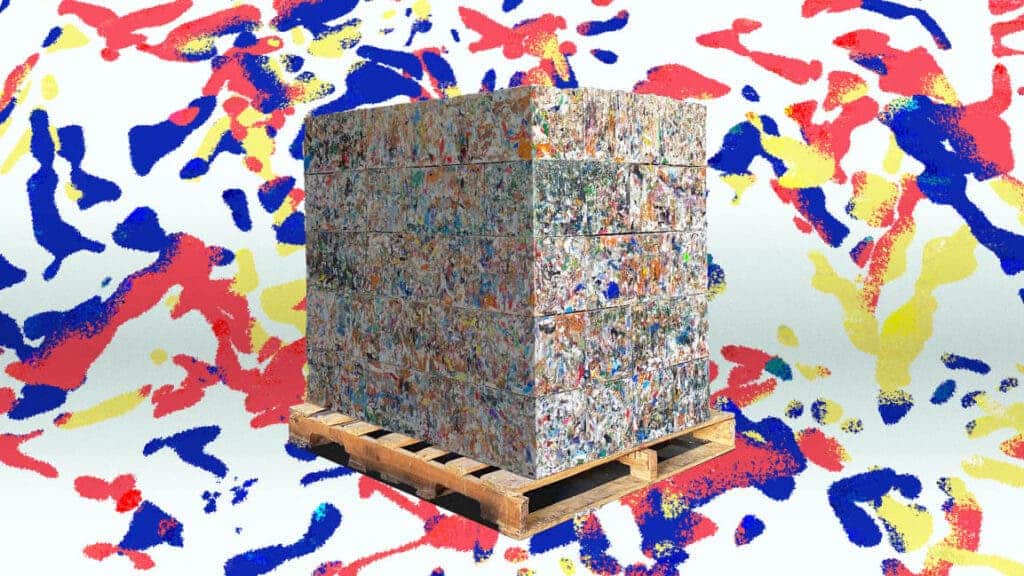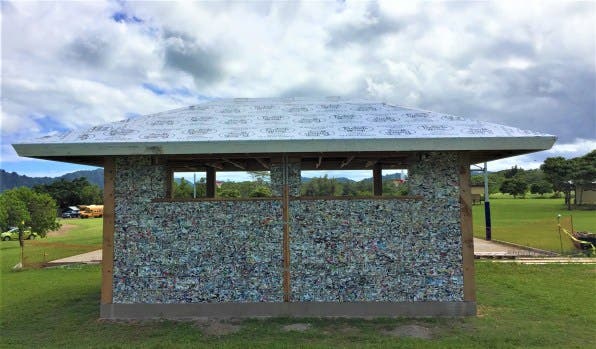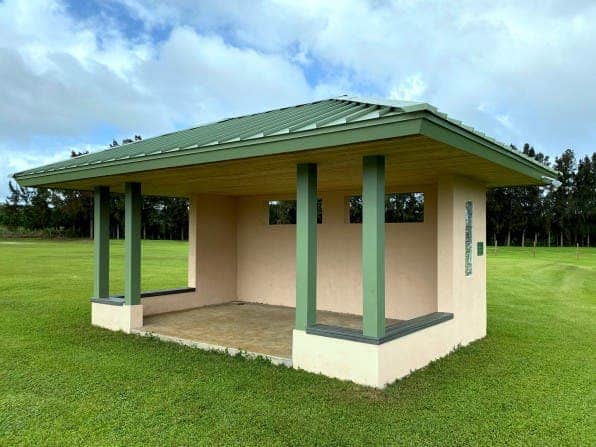
Although Americans do their part and dutifully put items into their recycling bins, much of it doesn’t actually end up recycled. According to the EPA, of the 267.8 million tons of municipal solid waste generated by Americans in 2017, only 94.2 million tons were recycled or composted. Just 8% of plastics were recycled, the same report stated.
There are many reasons for this sad state of affairs. Up until recently, the U.S. exported 16 million tons of plastic, paper, metal waste to China, essentially outsourcing much of its waste processing, passing the responsibility to other countries. Some of this waste was incinerated by China to fuel its booming manufacturing sector, releasing toxic emissions in the process, while the rest end up in the countryside and ocean, contaminating the water, ruining crops, and affecting human health. But since 2018, China has banned the import of most plastics and other materials that were not up to very stringent purity standards. Without China’s market for plastic waste, the U.S. recycling industry has been caught with its pants down, woefully lacking in infrastructure.
Furthermore, recycling plastic is a major challenge even if the U.S. had a good recycling infrastructure and coherent federal strategy — recycling decision-making is currently in the hands of 20,000 communities, all of which make their own choices about whether they recycle and what gets recycled — due to contamination. Items placed in the wrong bin or food contamination can prevent large batches of material from being recycled and, as a result, a large portion of the waste placed into recycling bins has to be incinerated or discarded into landfills.
ByFusion, a startup from Los Angeles, wants to turn this problem into an opportunity. The company builds huge machines called Blockers that squeeze mounds of plastic into standard building blocks called ByBlocks. Each ByBlock is 16x8x8 inches and comes in three variations: flat, molded with pegs so they can be interlocked, or a combination of the two. According to Fast Company, ByBlocks are about 10 pounds (4.5 kg) lighter than hollow cement blocks.

The world loves to use plastic because it’s cheap and highly durable. The same appealing properties are a curse when plastic reaches the end of its lifecycle. But guess where else durability and low cost are prized? That’s right, the construction industry.
Virtually any kind of plastic, with the exception of Styrofoam, can be compressed into a ByBlock. “You [can] literally eat your lunch, throw in [the leftover plastic], make a block, then stick it in the wall,” Heidi Kujawa, who founded ByFusion in 2017, told Fast Company.
The only major drawback of ByBlocks is that they’re very susceptible to degradation due to sunlight, but this can be easily circumvented by coating their surface with paint or using another weather-resistant material. This was demonstrated in the city of Boise, Idaho, where residential plastic waste (grocery bags, bubble wrap, fast-food containers, etc.) was turned into building blocks used to erect a small building in a local park.


Since it began operation, ByFusion has recycled over 100 tons of plastic, with the lofty goal of scaling to 100 million tons by 2030. At the moment, there’s only one full production unit in L.A., which can process 450 tons of plastic a year, but the startup has partnered with Tucson and Boise, and plans to expand in the rest of the country. The aim is to have a Blocker machine in every city in the US, where they can be integrated with existing municipal waste processing facilities or even run by corporations that want to process their waste on-site.
That’s a commendable mission but with a price tag of $1.3 million for the largest Blocker machine, many willing stakeholders may simply not be able to afford this solution. On the other hand, plastic waste has its own, often hidden, costs, so doing nothing about it may actually prove more expensive as our plastic problem compounds over time.






